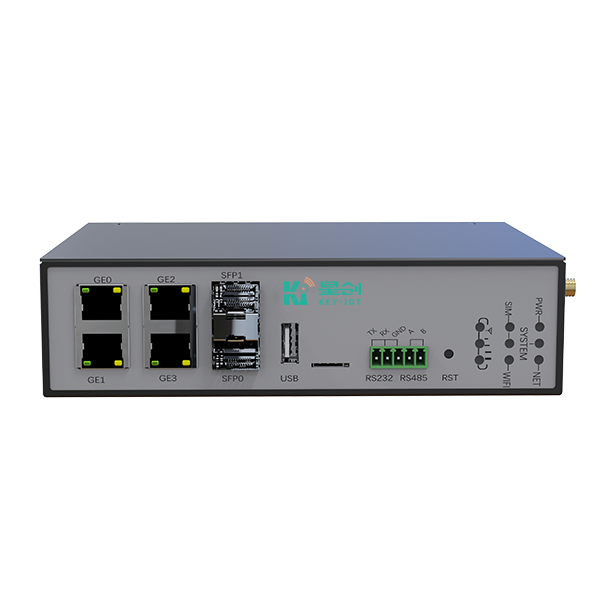SEARCH
— 葡萄酒 | 威士忌 | 白兰地 | 啤酒 —
— 葡萄酒 | 威士忌 | 白兰地 | 啤酒 —

Wi-Fi 6 (802.11ax), as a mature next-generation wireless communication technology, is increasingly being deployed in Industrial IoT (IIoT) applications. Compared to its predecessor Wi-Fi 5 (802.11ac), Wi-Fi 6 offers comprehensive improvements that meet the demanding requirements of industrial environments. Many industrial IoT gateways now support Wi-Fi 6 alongside 4G industrial routers, creating hybrid connectivity solutions that deliver enhanced efficiency for IIoT deployments:
Wi-Fi 6 implements advanced data encoding and modulation schemes (1024-QAM) to achieve faster data rates, crucial for industrial scenarios requiring massive data transfers such as large-scale equipment monitoring and real-time vision systems. When integrated with 4G industrial routers, this enables seamless fallback connectivity in challenging environments].
Features like OFDMA (Orthogonal Frequency Division Multiple Access) and BSS Coloring optimize spectrum utilization, reducing congestion from dense device connections. This complements 4G routers’ cellular connectivity in areas with Wi-Fi interference .
With TWT (Target Wake Time) and EDCA enhancements, Wi-Fi 6 achieves millisecond-level latency essential for control systems. Combined with 4G routers’ low-latency cellular links, this ensures reliable communication for industrial machinery].
Wi-Fi 6 handles 4× more concurrent connections than Wi-Fi 5 through OFDMA optimization. Network architects can design hybrid networks using Wi-Fi 6 gateways for local clusters and 4G industrial routers for wide-area device management].
TWT scheduling allows synchronized sleep cycles for battery-powered sensors, reducing power consumption by up to 75%. 4G routers with power-saving modes further extend operational longevity of field devices].
Mandatory WPA3 encryption protects sensitive industrial data. 4G routers add cellular-grade security through private APNs and VPN support, creating multi-layer protection.
Improved signal penetration and stability over Wi-Fi 5 enables reliable connections across industrial facilities. Dual-mode gateways with Wi-Fi 6 and 4G connectivity ensure uninterrupted operation, using cellular backup when Wi-Fi coverage reaches limits].
In conclusion, Wi-Fi 6 delivers transformative improvements in throughput, latency, device density, and energy management for IIoT. When deployed alongside ruggedized 4G industrial routers, enterprises gain hybrid networking solutions combining Wi-Fi 6’s local high-speed capabilities with cellular networks’ wide-area reliability – perfect for mission-critical industrial automation systems.
In simple terms, a router is a device that enables network interconnection with routing and forwarding functions. Additionally, it can adapt subnet speeds, isolate subnets, and define access rules.
View details2CC, short for Dual-Carrier Aggregation Technology, is one of the core advancements in 5G-A (5G-Advanced, or 5.5G). Think of it as combining two frequency "legs" to boost network performance. This tech is now widely used in today’s 5G networks, ma...
View detailsHello everyone, I'm Technical Support Engineer Wang from key-iot. As a veteran who has been working in the industrial router field for many years, clients often ask me: "Besides faster speeds, what other advantages do 5G industrial routers offer? ...
View detailsTen hours into debugging a bricked BYD Han gateway, colleagues—let me confess: the real battlefield in the secondhand EV market isn’t battery degradation charts or flashy OTA updates. It’s the unglamorous gateway used vehicles engineering that sep...
View detailsMo